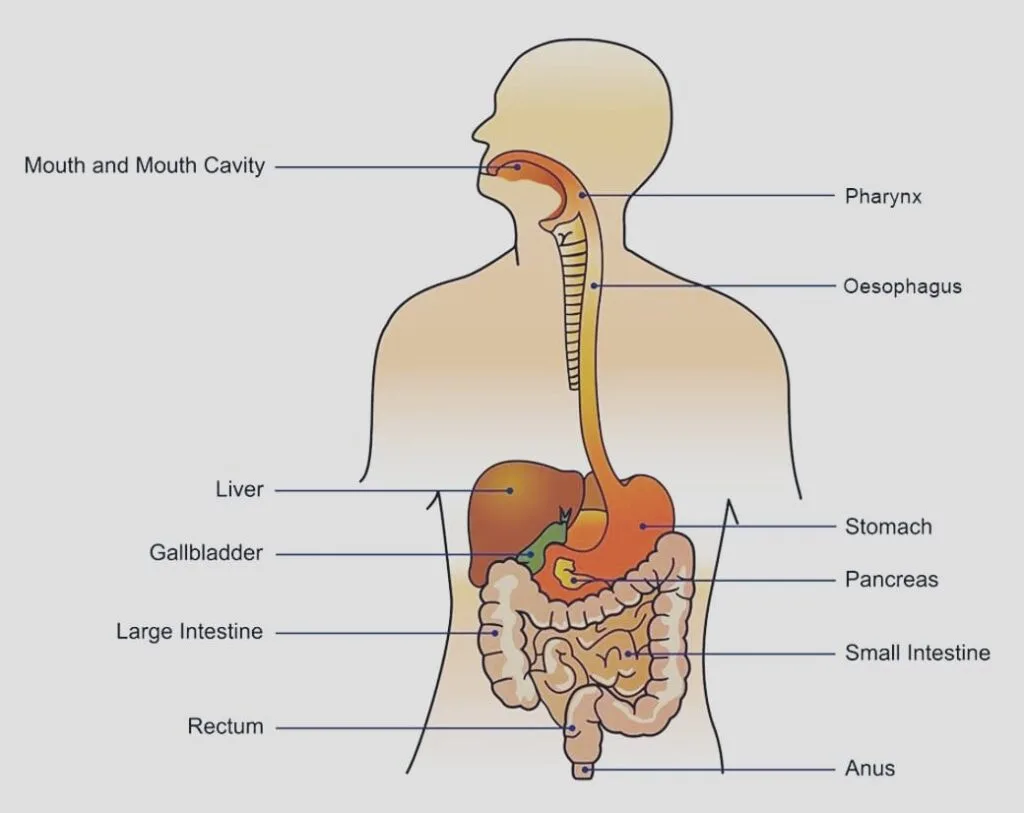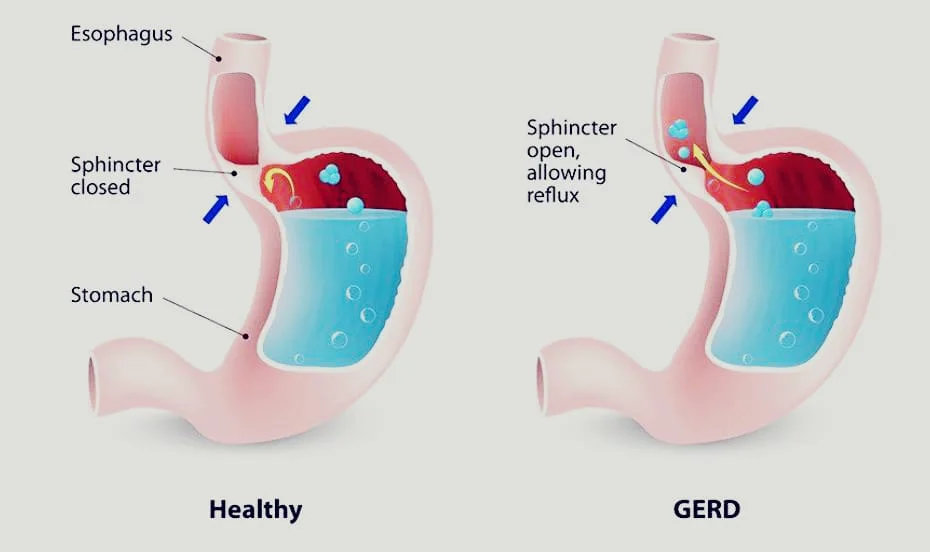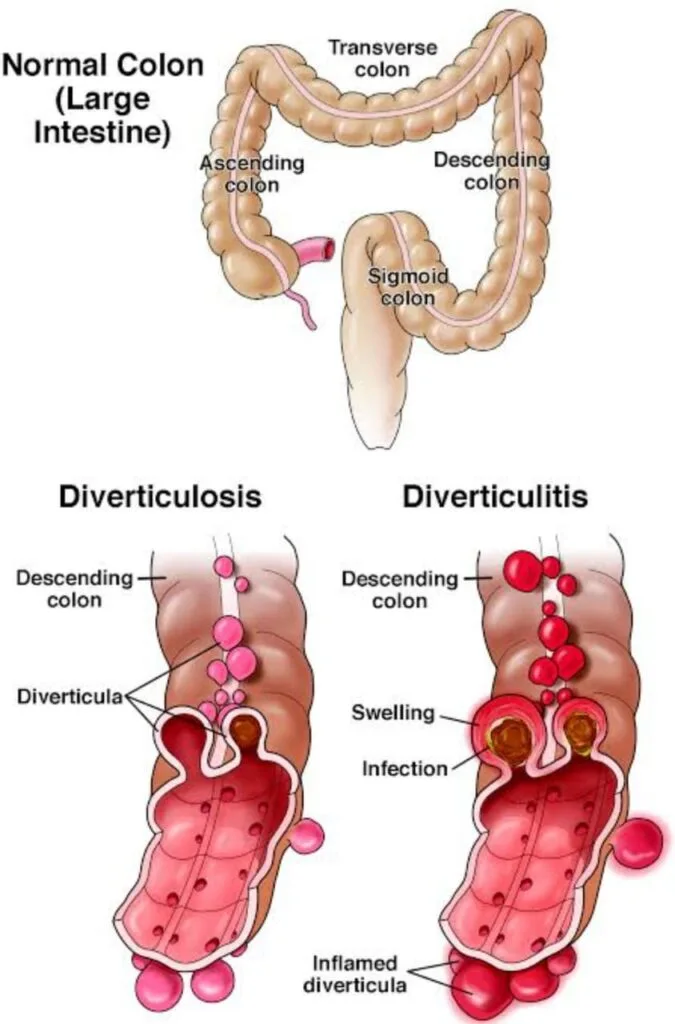Mouth and Salivary Glands: The Start of Digestion
Insoluble nutrients like proteins, lipids, and carbohydrates are converted into simple, soluble compounds throughout the digestive system by the action of enzymes.
The digestive system’s components are;
- Mouth
- Food pipe
- Stomach
- Small intestine
- Large Intestine

Mouth
The saliva, tongue, and teeth are all found in the mouth. The teeth assist in chewing and chopping up food. Saliva and the chewed food are combined on the tongue. Saliva is a watery liquid that glands produce into the mouth to lubricate chewing and swallowing.
A chemical or enzyme found in saliva kick-starts the breakdown of starches by converting them into simple sugars.
Oesophagus or Food Pipe Of the Digestive System
The Oesophagus is where food from the mouth travels before entering the stomach. The muscular tube known as the oesophagus transports food from the mouth to the stomach after it has been swallowed.
To allow food to enter the stomach, a muscle ring at the end of the oesophagus relaxes, and it tightens to stop stomach contents from coming back up the oesophagus.
Stomach Of the Digestive System
The stomach is a muscular container that holds food for a while. Protein is affected by gastric juice, a colorless liquid released by glands lining the stomach, and is transformed into a digestible form.
Gastric juice, made by the stomach wall and containing hydrochloric acid and enzymes, digests proteins.
Small Intestine
The liver’s bile and the pancreas digest the partially digested food when it enters the small intestine. Blood capillaries in the finger absorb digested food in a manner similar to the villi or protrusions found in the small intestine. After being transported to the liver, it is then delivered on to the cells and tissues. The liver stores excess food.
Although it has a 3.5cm diameter, it is around 5m long to provide a large surface area for absorption, hence the name “tiny.” The small intestine largely chemically digests proteins, lipids, and carbohydrates.
Large Intestine
The colon, also known as the large intestine, absorbs water and salts from the food it receives from the small intestine. Undigested food stays in the large intestine for a while before exiting the body through an aperture known as the anus.
Conditions Related to the Digestive System
Gastro-esophageal Reflux (GERD)
When acidic stomach contents flow from the stomach back up the oesophagus, it results in gastro-esophageal reflux disease (GERD). It makes your chest or throat feel scorching. Peptic ulcers can occasionally be caused by increased stomach acid.

Diverticulitis Of the Digestive System
Inflamed or infected abnormal pouches in the lower portion of the large intestine cause diverticulitis. On the lower left side of the abdomen, it might produce minor to severe pain.

Stomach Ulcers Of the Digestive System
The bacterium Helicobacter pylori, which can dwell in the stomach, which are frequently responsible for ulcers. In certain persons, they can result in chronic, mild stomach lining inflammation.
Haemorrhoids
Haemorrhoids are masses in and around your lower body known as “piles”. After a few days, they frequently get better on their own. You can take steps to both treat and avoid piles.
For Further Reading:

